Precision resistor selection ensures accurate current sensing and reliability in high-performance aerospace systems.
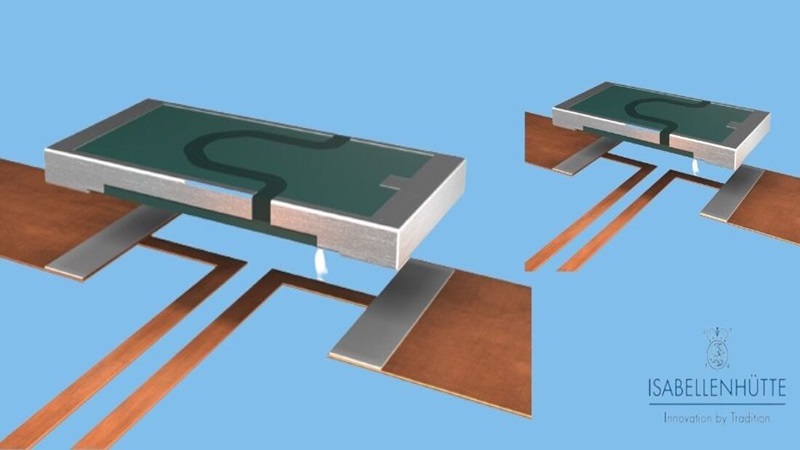
Blog » EEE Components »

Precision resistor selection ensures accurate current sensing and reliability in high-performance aerospace systems.

RNR55 resistors from Vishay, made in Columbus, are approved for shipment with date codes from 2004 and up.

DLA QPL-55342 updates include expanded resistor ranges for Mini-Systems and removal of several IRC resistor groups.
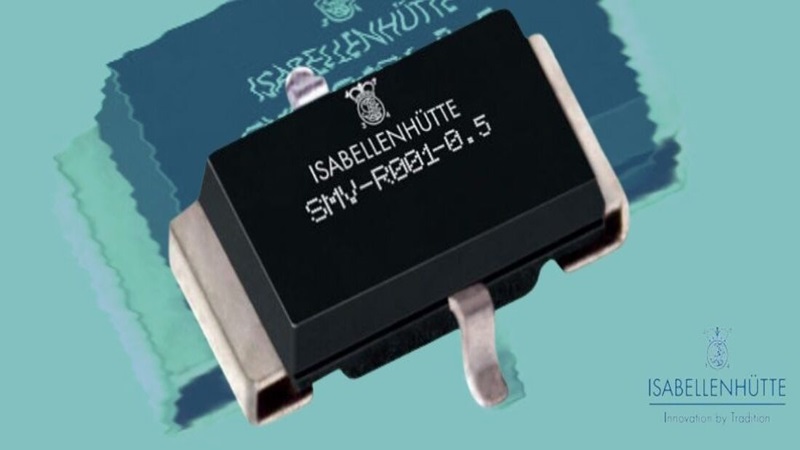
Current sense resistors enable accurate, low-cost current measurement by converting flow into measurable voltage drops.
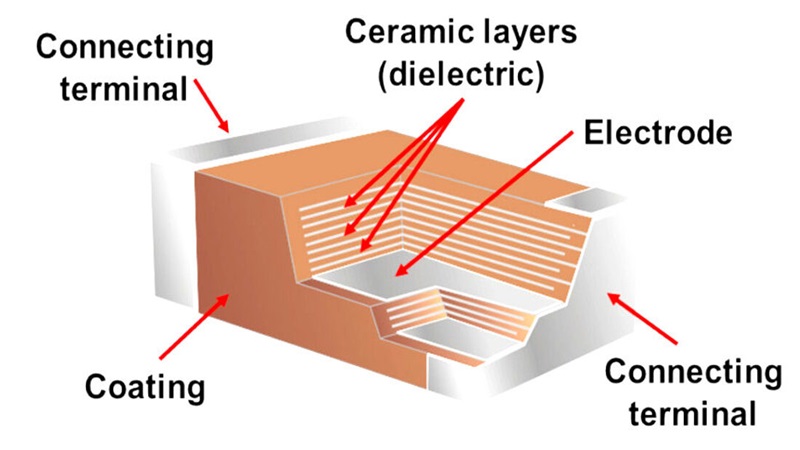
Ceramic capacitors offer stability and low loss; performance varies by dielectric class, with C0G and U2J ideal for precision circuits.
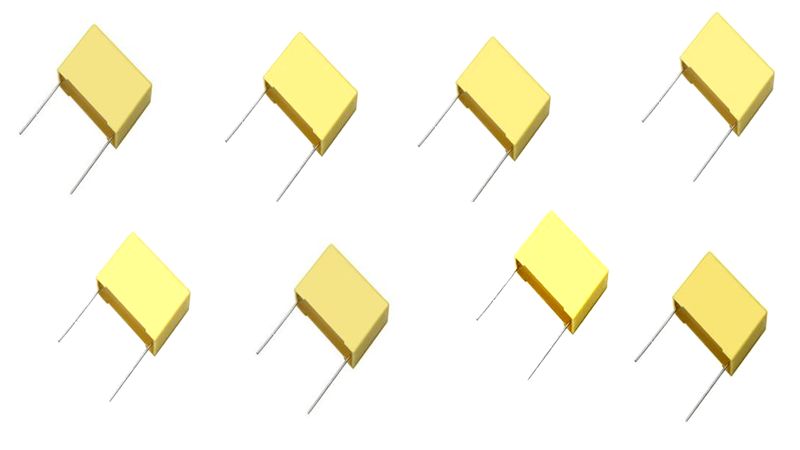
Film capacitors offer self-healing, stability, and high reliability, with performance shaped by dielectric type and construction method.

Film capacitors offer stability, low loss, and reliability across dielectric types like polyester, polypropylene, PTFE, and PPS.

ESD protection using capacitors helps suppress electrostatic discharge by diverting or absorbing charge to protect sensitive circuits.
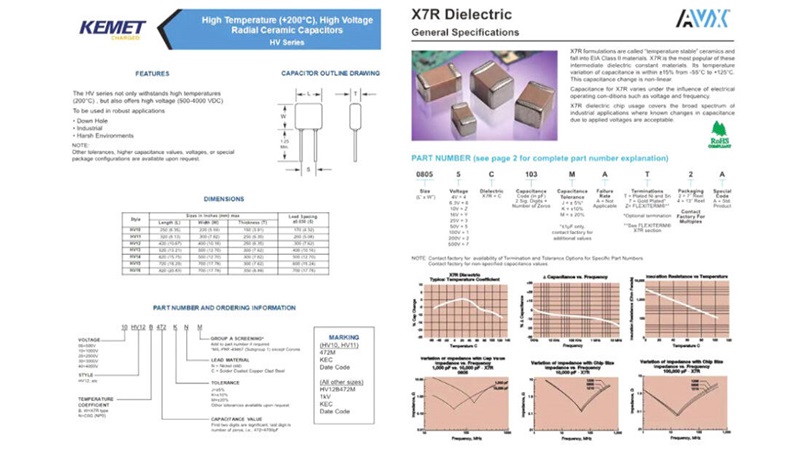
Capacitor datasheets detail electrical, thermal, and mechanical specs essential for selecting components in circuit design.
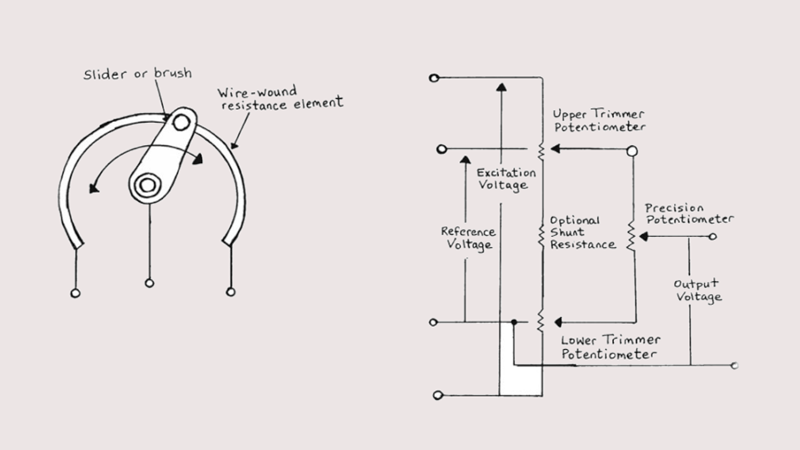
Potentiometers as variable resistors: structure, function, linearity, failure modes, and performance factors like CRV and ENR.
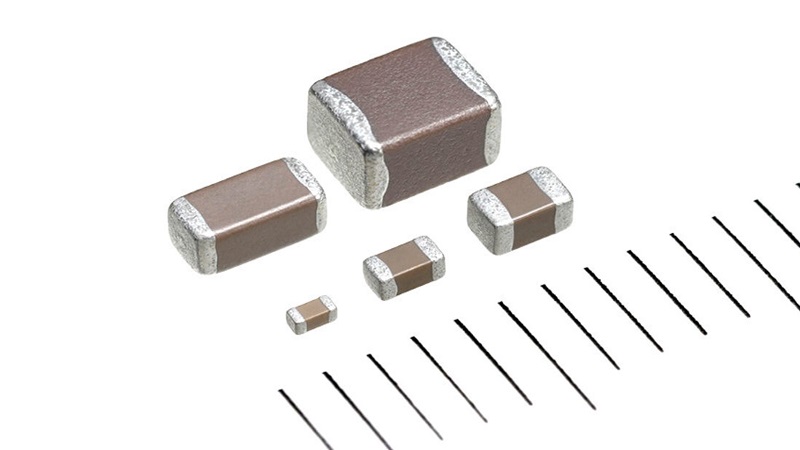
Capacitance behavior of MLCCs under DC and AC bias, highlighting material effects, temperature, and vendor-specific variations.
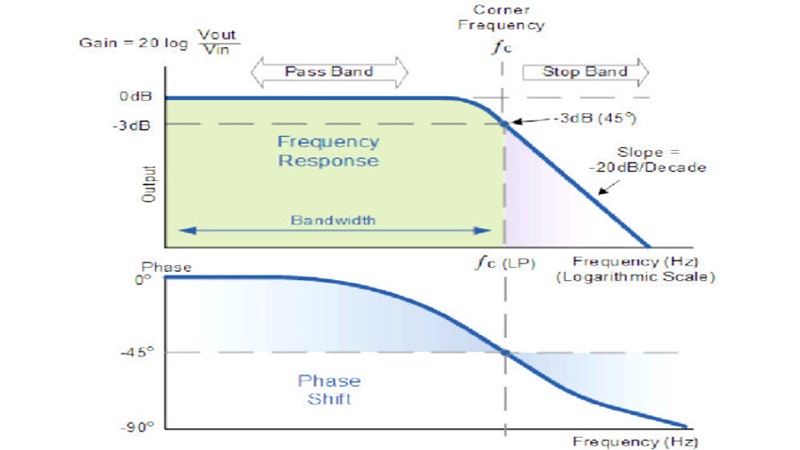
Types and functions of filters in electronics, including passive and active designs used for electromagnetic compatibility.

UL 94 is a safety standard to determine the flammability of plastic materials. This test is released by Underwriters Laboratories of the United States.
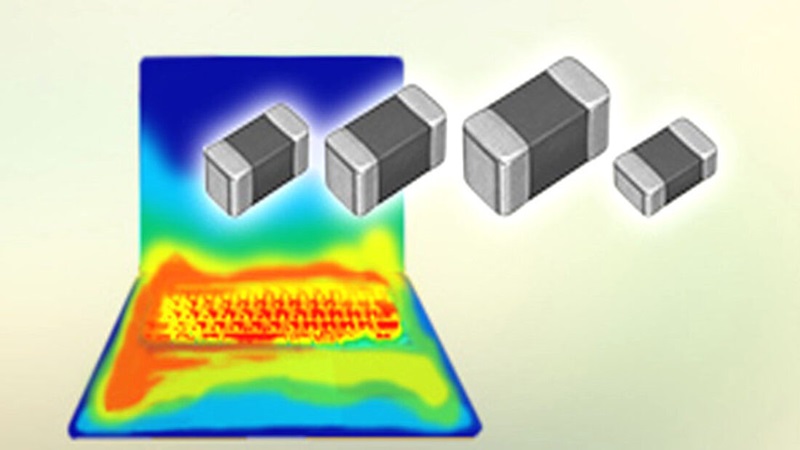
NTC thermistors enable temperature sensing and compensation in circuits, protecting devices like batteries, LEDs, and microcontrollers.
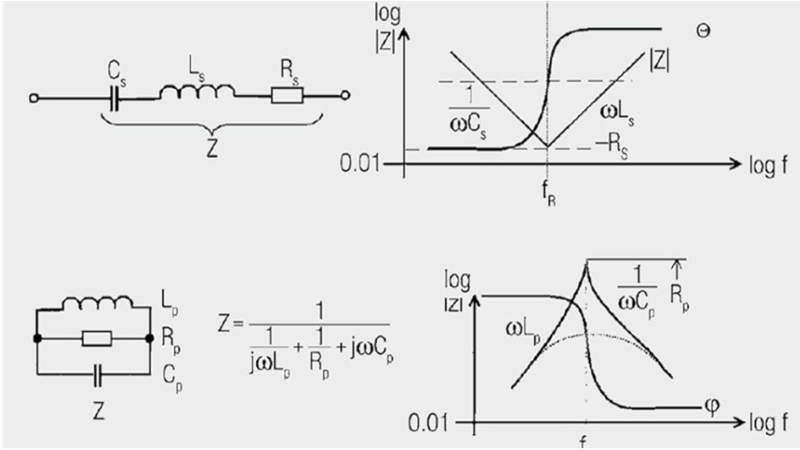
Equivalent circuits model real capacitors and inductors using R, L, and C to represent frequency-dependent behavior and losses.
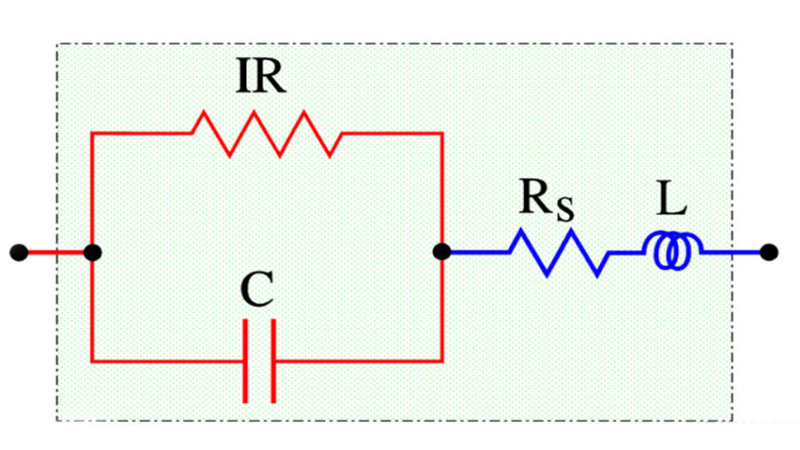
Capacitor losses include ESR, dielectric losses, and dissipation factor, impacting performance across frequency ranges.
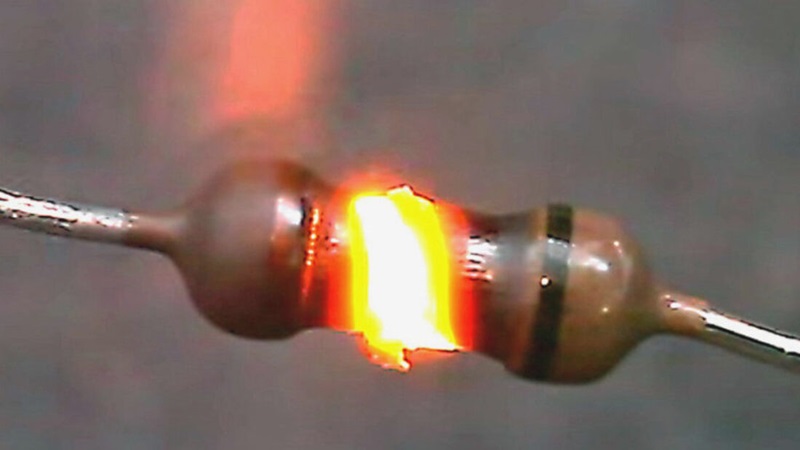
Temperature Coefficient of Resistance (TCR) defines how a resistor’s value changes with temperature, crucial for precision circuits.
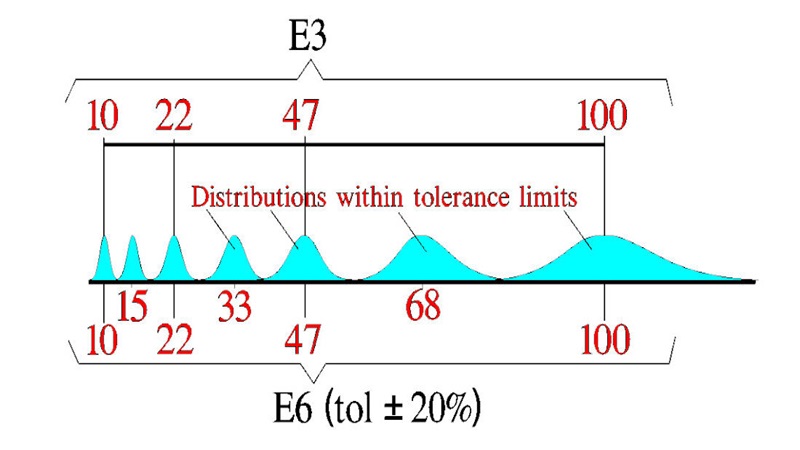
Standard values for capacitors follow the E series to simplify design, ensure compatibility, and support manufacturing ease.
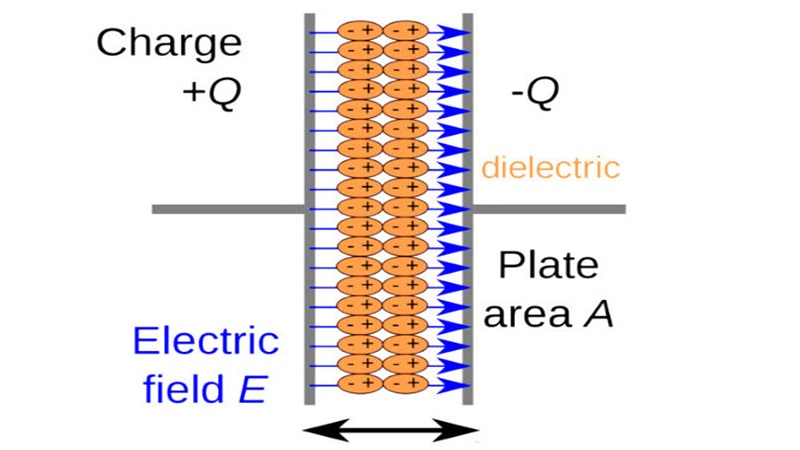
Dielectric constant (Dk) defines a material’s ability to store electric charge relative to vacuum; key in capacitor and PCB design.
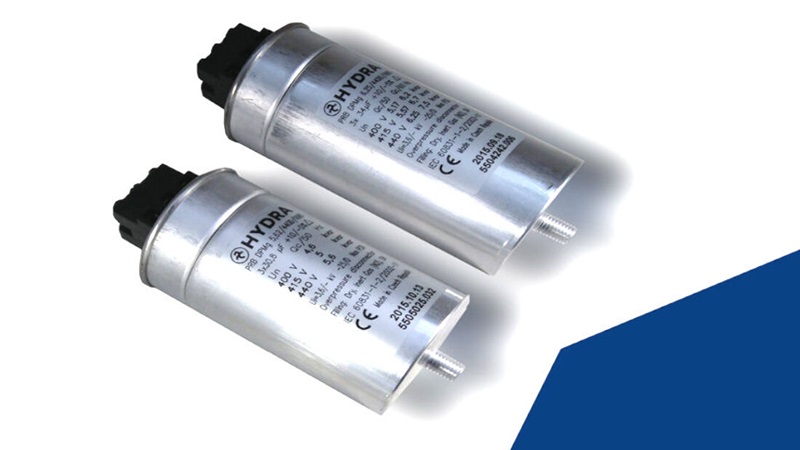
Power factor correction improves AC efficiency by reducing reactive power in inductive loads using capacitor circuits.